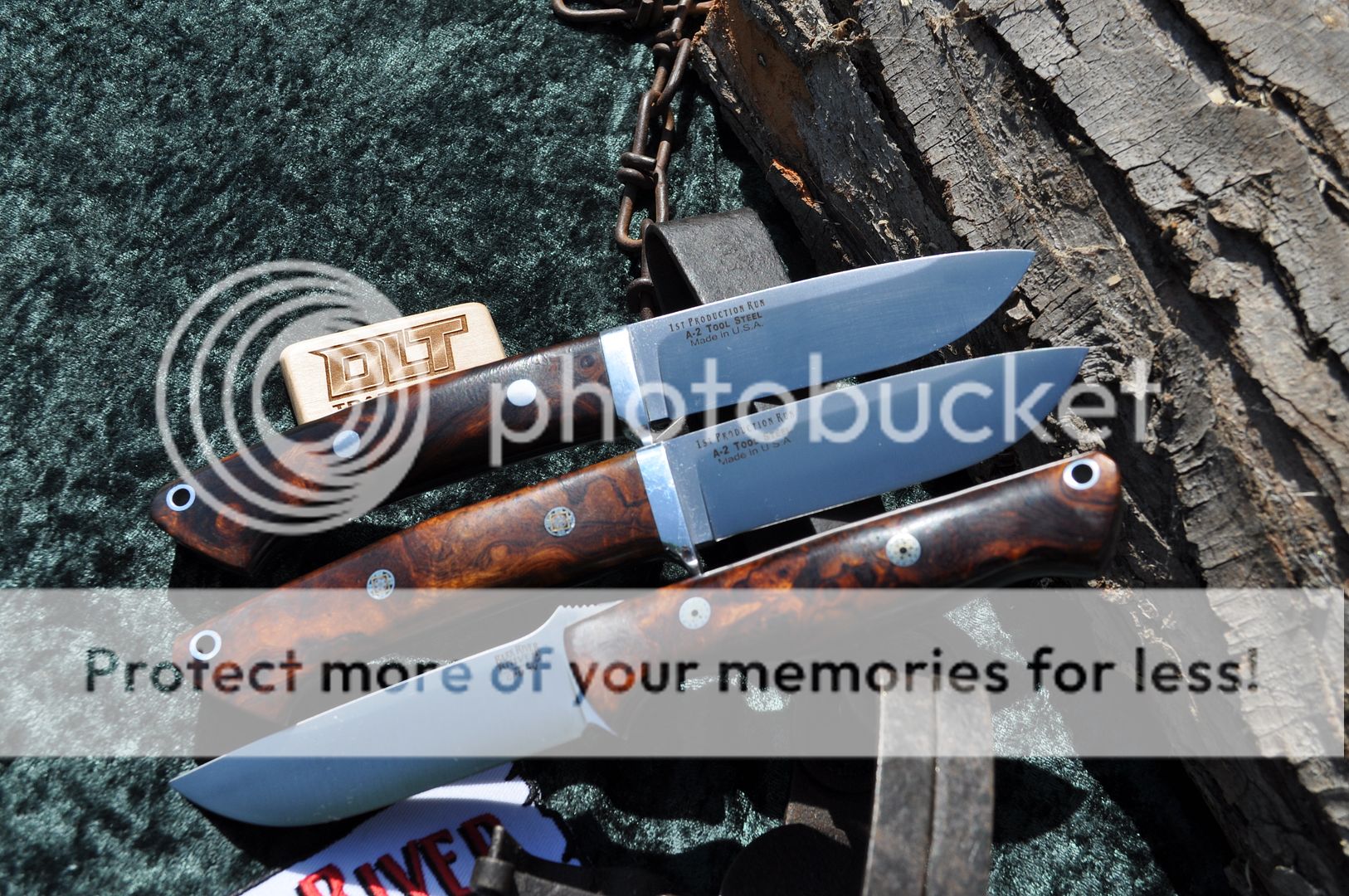- Joined
- Mar 11, 2013
- Messages
- 2,263
Im on the hunt for a new knife. I need some suggestions.
The usage will be all around utility and hunting. I wont abuse it, but I will use it a lot. I want something of the order of 1095 steel or case's chrome vanadium. Soft enough I can sharpen it easily with an arkansas stone, but not so soft it wont stay sharp any decent length of time.
The style I want is pretty specific, to which these fall into
buck 192
fallkniven F1
loveless classic drop point hunter.
Fallkniven NL5L looks great, but its VG10 which ive heard is hard to sharpen with a traditional stone
I have had a buck 192, but it wouldnt hold an edge.
The size has to be larger than the loveless, its just too small in the handle. the buck was close, but a touch big. I havent handled a fallkniven F1 of the NL5L
It has got to be a drop point. Prefer carbon steel, but cant be a super steel that has to have a diamond sharpening stone. Prefer natural handle materials.
So please suggest anything you might know of along this line.
Thanks.
The usage will be all around utility and hunting. I wont abuse it, but I will use it a lot. I want something of the order of 1095 steel or case's chrome vanadium. Soft enough I can sharpen it easily with an arkansas stone, but not so soft it wont stay sharp any decent length of time.
The style I want is pretty specific, to which these fall into
buck 192
fallkniven F1
loveless classic drop point hunter.
Fallkniven NL5L looks great, but its VG10 which ive heard is hard to sharpen with a traditional stone
I have had a buck 192, but it wouldnt hold an edge.
The size has to be larger than the loveless, its just too small in the handle. the buck was close, but a touch big. I havent handled a fallkniven F1 of the NL5L
It has got to be a drop point. Prefer carbon steel, but cant be a super steel that has to have a diamond sharpening stone. Prefer natural handle materials.
So please suggest anything you might know of along this line.
Thanks.




